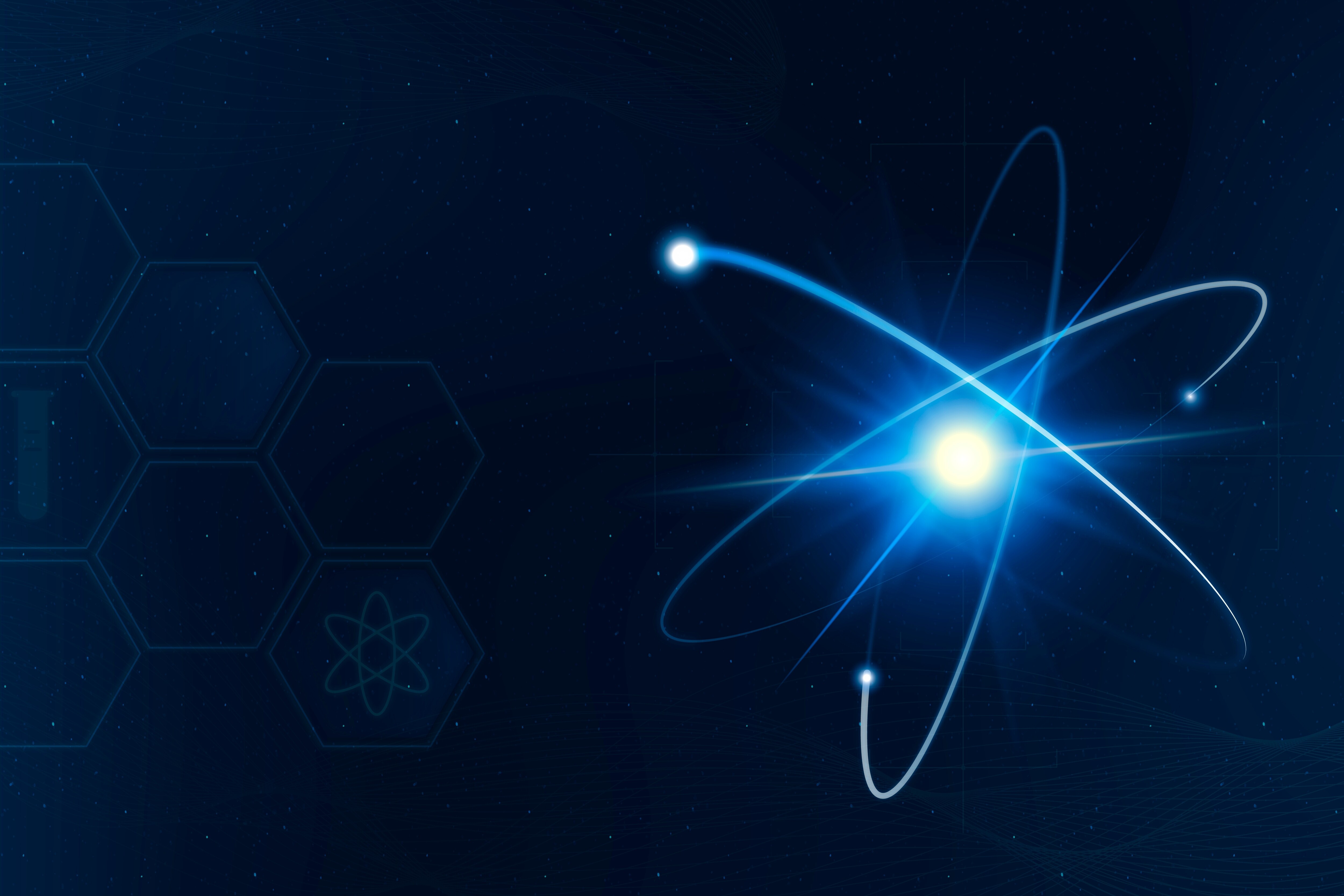Nuclear energy’s role in achieving a net-zero future, amongst other clean energy sources, has been a contentious issue. As energy demand is projected to increase, particularly the demand for 24/7 clean power, nuclear energy is undergoing a renaissance as countries and industries realize that renewable sources alone won’t be able to meet this demand.
Nuclear energy produces about 10% of the world’s electricity, according to the International Energy Agency (IEA). It generates more carbon-free power than wind and solar combined. However, some still have concerns about safety and cost. Another big challenge with nuclear power is managing its waste. Spent fuel is radioactive for thousands of years but can be effectively stored in containers underground or above ground.
Different types of advanced nuclear technologies
Advanced nuclear technologies range from fusion and small modular reactors (SMRs) to nuclear fuels and waste management, and they can help address some of the concerns around safety and cost. While nuclear fusion is often dubbed as the holy grail of energy, it is also in the early stages of realization. In contrast, SMRs are moving quickly towards commercial deployment. Other areas where innovation is moving fast include nuclear fuel and waste management: advanced fuel enables existing plants and new ones to generate more carbon-free power while increasing safety; new waste management approaches can reduce the volume and reuse some of what remains.
Given the difference in the maturity and level of development of these technologies, let’s unpack the status of each and the expected outlook.
Nuclear fusion
Nuclear fusion gets a lot of public attention due to its fantastic potential. Fusion mimics the process that powers the sun, creating massive energy without carbon emissions or long-lasting radioactive waste. According to the World Nuclear Association, fusion offers a nearly endless energy source with close to zero emissions.
Unlike traditional nuclear power (fission), which splits atoms, fusion joins smaller atoms to make heavier ones. For example, two hydrogen atoms combine to form helium, releasing far more energy than fission.
Currently, however, the main hurdle is making fusion produce more energy than it consumes. According to the US Department of Energy, fusion reactions are hard to sustain due to the extreme heat and pressure needed to fuse atoms. Many experts think that fusion is still two or three decades away from being commercially viable, though some start-ups aim to have plants up and running by the 2030s. AI is helping researchers speed up fusion progress by modelling and analysing complex systems.
Small modular reactors
Small modular reactors (SMRs) are another promising area of advanced nuclear energy. They use fission technology, so they’re not as frontier as fusion, but they’re closer to becoming a reality. Many experts and investors predict SMRs will be operational by 2030.
The International Atomic Energy Agency says that over 80 SMR designs are in development worldwide, targeting electricity, heating, water desalination and industrial steam.
SMRs using modular construction methods, promise to be smaller, simpler, and quicker to build than conventional largescale plants. They also promise significant benefits of enhanced passive safety features. In addition, fast neutron reactors can utilize spent fuel from existing power plants and provide a sustainable solution to the issue of waste.
SMRs could also help decarbonize heavy industry due to their ability to be located very close to the source of demand. Therefore, they can be set up in remote areas that lack grid infrastructure.
Waste
New technology may also help tackle the problem of nuclear waste. The amount of waste is relatively small because nuclear fuel is very dense and very little of it is required to produce immense amounts of electricity. On average, the waste from a reactor supplying a person’s electricity needs for a year would be about the size of a brick. Only 5 grams of this is high-level waste – about the same weight as a sheet of paper. But even with its small footprint, waste remains a key concern for the public, as it can take thousands of years to decay.
Innovative start-ups are developing ways to shrink the volume and toxicity of nuclear waste. Some claim they can reduce the time it takes for waste to decay from half a million years to less than 500 years.
How can these technologies advance the energy transition?
Investors are pouring money into these advanced nuclear technologies, and they’re progressing quickly. But bringing them to market will require new policies and regulations, and the nuclear industry must win public trust by addressing concerns over cost, safety, and waste.
The World Economic Forum has partnered with stakeholders across the nuclear ecosystem, including technology developers, financial institutions, utilities, large energy consumers and government organizations and will soon publish a Framework to Accelerate the Deployment of Advanced Nuclear and Small Modular Reactors. The framework is intended to be a coordination tool for leaders across the nuclear ecosystem to align on actions and strategies to accelerate advanced nuclear and SMR deployment across nine priority areas.
At the same time, the Forum is also working to support a more integrated approach to energy solutions, including advanced nuclear, clean fuels, hydrogen and carbon removal. No single technology will solve the energy crisis on its own; it will take a mix of solutions. Different regions, industries and companies will have their own strategies, but they must work together.
Platforms like the Forum’s Advanced Energy Solutions community can help speed up this cooperation and accelerate the deployment of new technologies from decades to years, such as clean fuels and hydrogen, advanced nuclear, storage and carbon removal.
The community engages industry leaders who drive frontier segments of the energy system to shape the advanced energy solutions industry vision and narrative, support partnerships among innovators, large energy companies, energy users and investors, and inform policymaking. It helps increase public confidence in advanced energy solutions, technology readiness, demand and business cases while enabling collaborations and informing policy.
(The article was first published on World Economic Forum website)








